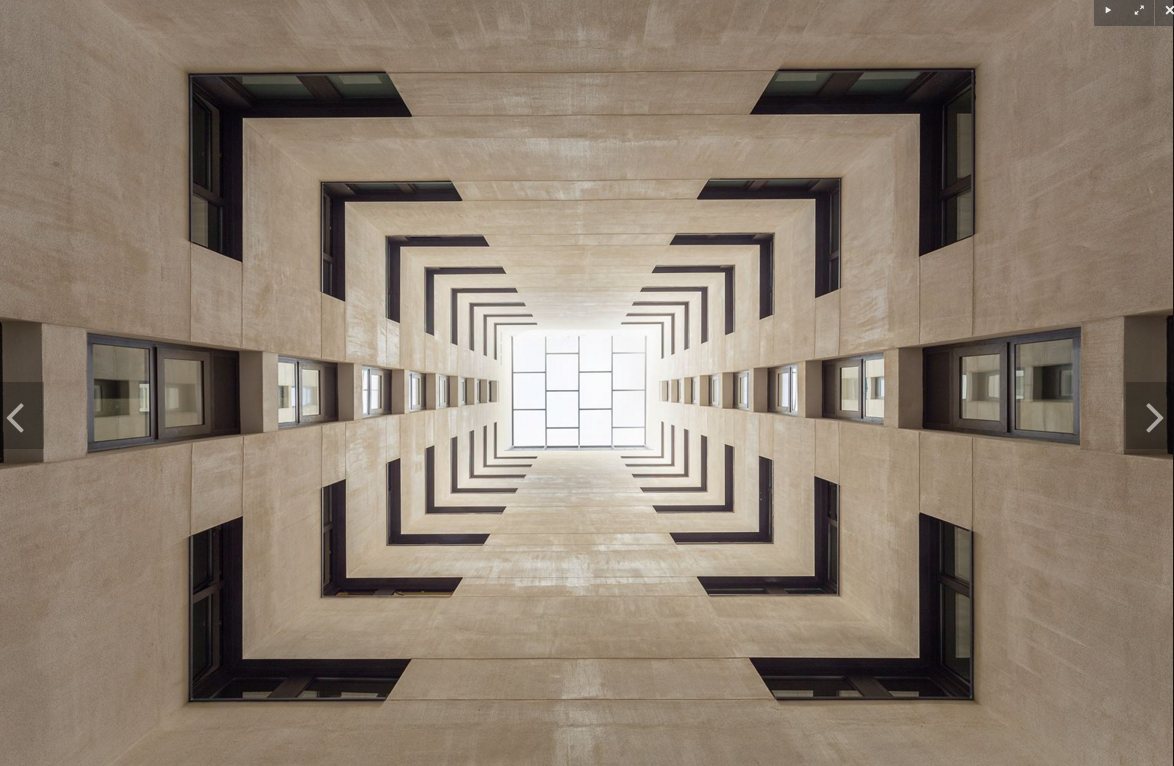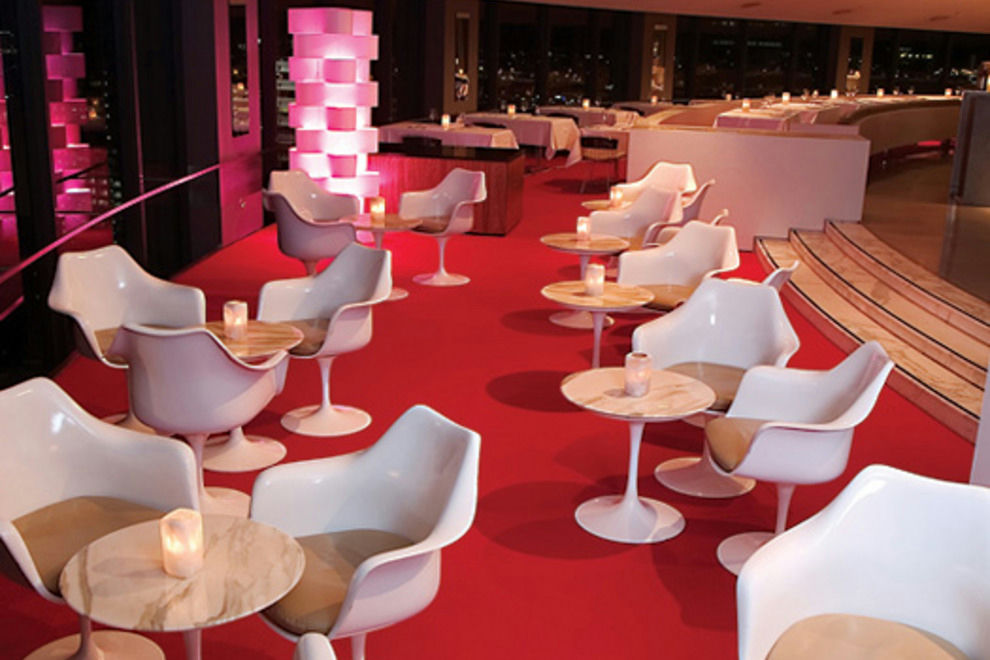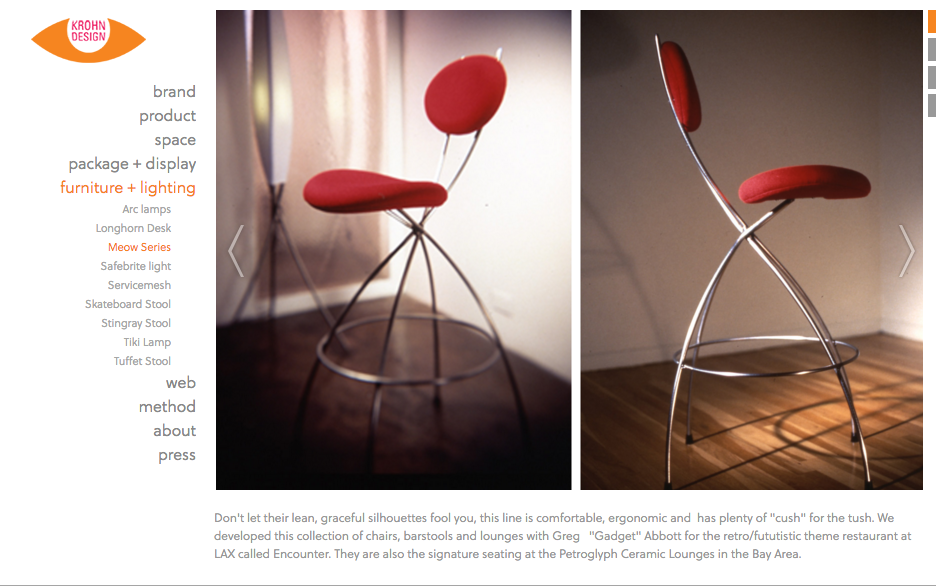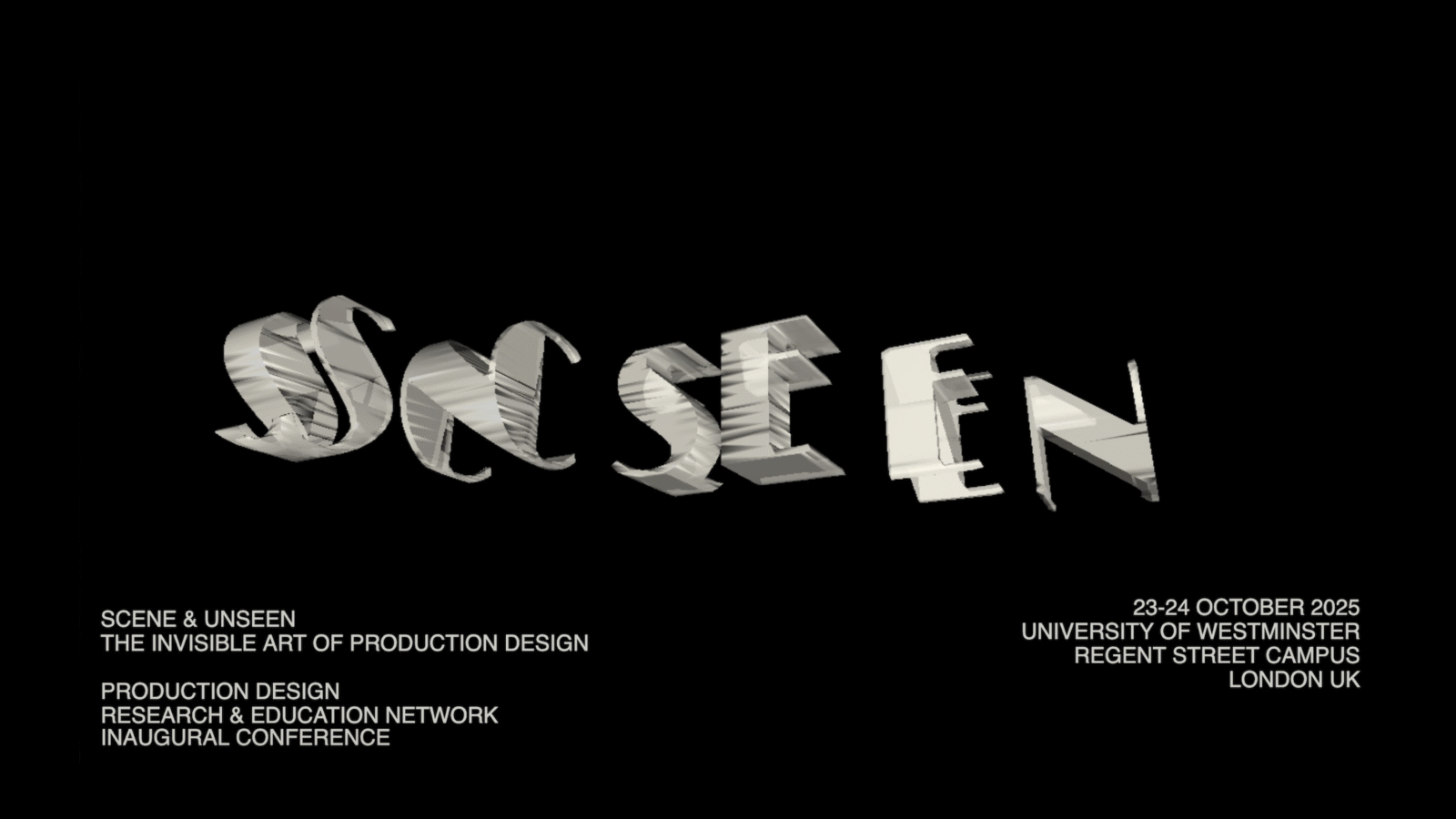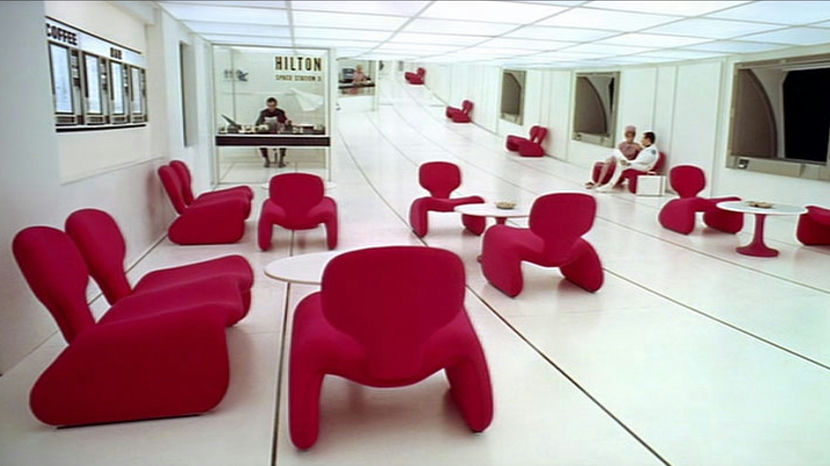
This month I wanted to examine and connect to the present day one of the most iconic sets from Stanley Kubrick’s “2001: A Space Odyssey” - The Hilton Hotel lobby in Space Station Five.
Kubrick’s attention to detail and meticulousness were legendary. For “2001” he wanted to build a space-age world unlike any other. A living room that changed colors, featured in The Hall of Science at the 1964 New York World’s Fair became the starting point for his vision. After studying set designs from other 1960s-era sci-fi films, Kubrick decided that he needed a more realistic design approach. His goal was to make the sets look authentic, and more importantly to predict the technology of the future. It’s important to remember that at the same time as Kubrick and his team were creating the look of the future, NASA was racing to put a man on the moon. Therefore, the sets in “2001: A Space Odyssey” had to outpace the emerging technology, or the design vision would appear outdated, and wrong.
To achieve the greatest technical authenticity, Kubrick assembled a team of astronomical artists, aeronautics specialists and aerospace engineers to design the switch panels, display systems, and communications devices for the spacecraft interiors in the movie.
In addition, Kubrick hired three production designers: Tony Masters, Harry Lange and Ernest Archer. Lange had worked at NASA and his designs actually required security clearance by the agency. To fulfill Kubrick’s need for perfection, Lange spent six months on drawings in a New York City studio, after which he moved to England to continue designing for two more years at the MGM studio. The three production designers shared the Best Art Direction Academy Award and BAFTA award.
In his quest to ground the look in reality, Kubrick also created one of the first product placement ties by reaching out to corporations and furniture makers. He asked them to submit concepts of how their products might look decades later. Some of the manufacturers who participated were IBM, Honeywell, Whirlpool, Macy’s, Dupont, Hilton Hotels, Parker Pens, Nikon and Kodak, as well as world famous interior designers like Eero Saarinen. The film became a platform for progressive contemporary design, and ushered in design innovation.
As Dr. Floyd enters the stark white Hilton lobby, our eyes are immediately drawn to the playful bright red chairs. The set is at once futuristic and relaxed; the audience can easily imagine itself living like that. The red chairs are actually the ‘Djinn’ chairs designed by Olivier Mourgue, and they became very popular after the release of the film. The pedestal tables are by Eero Saarinen.
In “20001: A Space Odyssey,” Kubrick predicted not only the future of design but also much of the technology we take for granted today. His Hal 9000 is today’s Siri. As a matter of fact, the look of his film was so convincing that some believe NASA never landed a craft on the moon and Kubrick staged it all in a film studio.
The Hilton Hotel lobby in Space Station Five iconic set continues to influence designers and architects today. Its impact can be seen in the work of Madrid’s architectural firm GCA.
ORBIT BAR & LOUNGE, a revolving bar in Sydney, Australia is also inspired by the film’s esthetic.
Contemporary furniture designer Lisa Khron often references “2001: A Space Odyssey” in her work. This red chair is from her ‘moon’ series.
